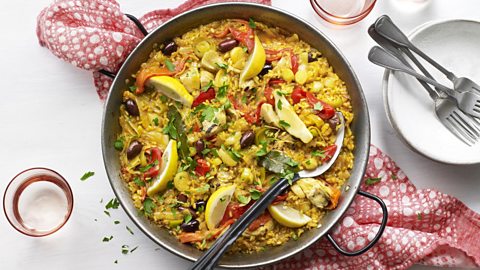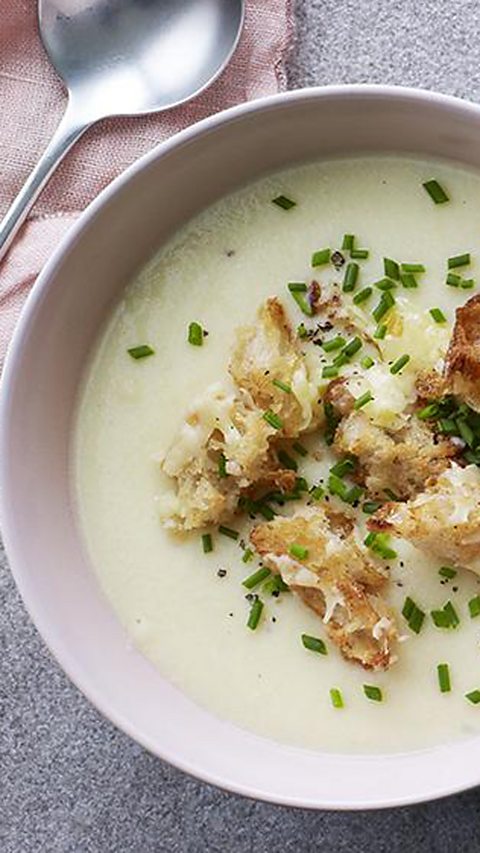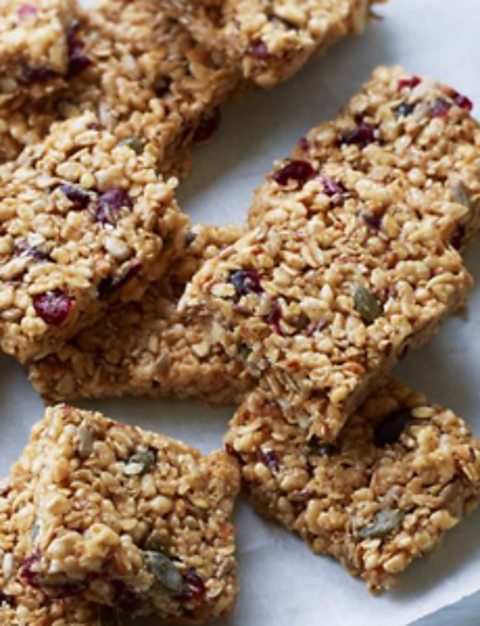7 ways to make yourself like healthy food
Ever wish you could get as excited about a crunchy salad as you do about cheesy chips? It’s okay to avoid the odd healthy ingredient, but if you’re regularly dodging fruit and veg in favour of carbs and junk food, try these top tips for getting yourself to like more healthy food.

1. Pick it up and try again
Eating food you don’t like may sound masochistic, but it could be the key to changing your mind. “The best way to start liking a new food is to keep trying it. Just a small amount on the side of your plate is a good start,” says dietitian Frankie Phillips.
Research conducted with children indicates that repeatedly tasting a previously disliked vegetable over a number of weeks can improve liking of it. In a separate study, children aged 2–6 have been reported to show increased liking and consumption of specific vegetables after being given them daily for 14 days.
So, keep trying that cauliflower. If you don’t like it boiled, try it roasted, in cauliflower cheese or in soup!
2. Change your associations
Brussels sprouts and cabbage might be regarded with horror by anyone who ate them over-boiled and mushy as a child. “A lot of the way in which we taste food comes from our mind and the expectations that we build up around food”, says Uxshley Caracamo, psychologist at the Food Psychology Clinic.
We often form opinions about food as children, and don’t challenge them as adults. But we can change the way we experience foods. Fry Brussels sprouts with bacon and they’ll be unrecognisable. If you’re at a restaurant, order one of your blacklisted foods – you might pick up a positive association if it’s cooked in a way you haven’t tasted before.
3. Pair it with something you like
As Mary Poppins put it, “a spoonful of sugar helps the medicine go down”. Whilst it’s not a good idea to swallow whole spoonfuls of sugar, this mantra is useful.
Studies have shown that associative conditioning (pairing foods with liked flavours) can increase liking of a food. Children repeatedly given Brussels sprouts with cream cheese grew to like the sprouts more.
When serving a food you don’t like with something you do, gradually reduce the amount of the 'safe’ food. Make a creamy, cheesy gratin with vegetables or fish you’re unsure of, wrap fish you don't like in parma ham or bacon, or add fruit to your yoghurt.
4. Take it slowly
Try to eat too many new things in a short period of time and you’re likely to give up. “It is important not to change too much at once… As most of our food-related habits are subconscious, to change our food behaviours requires conscious effort. There is a limit to the amount of willpower we can use at one time”, advises Caracamo.
Taste one new flavour at a time, and take breaks if you can’t bear another night experimenting with oily fish or pulses.

5. Think positive
“If you imagine fruit and vegetables tasting delicious before you eat them, they are much more likely to taste great”, says Caracamo.
Yep, you’ve got to think these foods into a positive light. The brain is an incredibly powerful tool, and it can help you overcome your food phobias. So think how juicy and delicious that orange will be, how that bowl of greens is a nutritious power-pack for your body, and see if they taste better.
6. Keep healthy food close by
“It really helps if the food is easily available. Having a bowl of fruit on the table, a packet of unsalted nuts and seeds in your bag or a pot of dried fruit next to your breakfast cereal all help to nudge behaviour”, says Phillips.
If you don’t have any healthy food around, you’re much more likely to reach for a chocolate bar or packet of crisps. Keep healthy snacks nearby and over time you might start craving them.
7. Don’t give up!
It might not be easy to retrain your palette, but it is possible. A study measuring peoples’ reactions to foods with MRI scans of their brains, found giving participants a healthier diet lead to increased desire for healthy food and decreased desire for less healthy food. Don’t push yourself too hard. If you can’t find a version of mushrooms you can stomach, maybe they’re not for you. Just move on to another ingredient, and eventually you’ll find the ingredients you can most enjoy.





